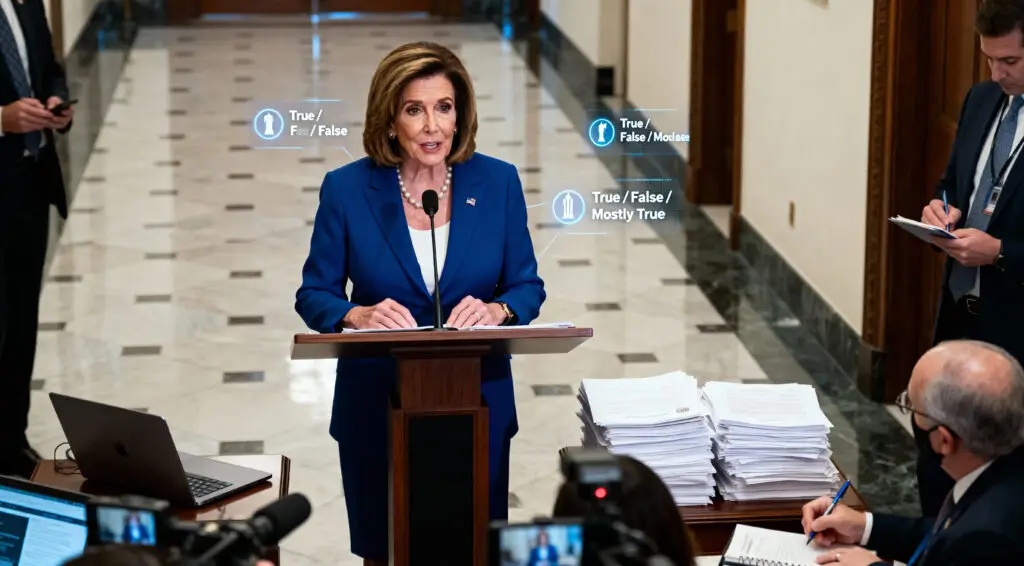The Challenge of Ending Global Conflicts
President Donald Trump, during his campaign, pledged to swiftly end the Ukraine and Gaza wars on his first day in office. However, more than six months into his presidency, peace on both fronts appears more distant than ever. In Gaza, ceasefire and hostage deal talks, which had shown promise, broke down, leading to a catastrophic humanitarian situation. In Ukraine, diplomatic overtures were met with Russia’s largest air attacks to date. Ending a war is an exceptionally difficult diplomatic task, a lesson learned by many presidents before Trump. This analysis explores the complexities behind the escalation of these conflicts, examining historical precedents, the absence of viable diplomatic zones, and the impact of recent policy decisions.
Historical Precedents of Unfulfilled Peace Pledges
Trump is not the first U.S. president to face the harsh reality of war termination. Dwight D. Eisenhower, campaigning in 1952, promised to end the Korean War, even pledging to visit Korea. Once elected, he did, but it took seven months and threats of escalation to negotiate an armistice, which merely froze the lines, leaving the war formally unresolved. Similarly, Richard Nixon, in 1968, promised an “honorable end” to the Vietnam War with a “secret plan.” In reality, much of his first term saw escalation, with peace accords signed only after his reelection four years later. Even Barack Obama, who pledged to end the Iraq War, largely continued the policies inherited from the Bush administration. These historical examples illustrate that campaign promises often clash with the intractable realities of global affairs.
Trump’s Initial Approach and Policy Shifts
As a candidate in 2016, Trump promised a “secret plan” to defeat ISIS, but as president, he largely continued the strategy inherited from the Obama administration, successfully dismantling ISIS’s caliphate in his third year. In the recent transition from Joe Biden to Trump, efforts were made to secure a Gaza ceasefire and hostage release before Trump’s inauguration. This led to six weeks of peace, with hostages freed and significant aid flowing into Gaza, before the agreement tragically collapsed. This firsthand experience highlights the immense difficulty, especially when the U.S. is not a direct participant. Six months into his term, it’s clear that Trump inherited policies and, in one instance, an agreement, that were more likely to achieve his promised outcomes than the policies he adopted in the early months of his presidency.
Gaza: Absence of a Zone of Possible Agreement (ZOPA)
In any negotiation, defining the “Zone of Possible Agreement” (ZOPA) is crucial. In Gaza, a ZOPA between Israel and Hamas is non-existent. Hamas’s core demand since its invasion has been to remain in power as Gaza’s ruling authority under a permanent ceasefire and reconstruction plan, a demand Israel flatly rejects. Israel is committed to an outcome where Hamas is no longer able to control Gaza, a stance endorsed by the U.S. and many other countries. Given this fundamental disagreement, the U.S., Egypt, and Qatar formulated a negotiation strategy to secure hostage releases in exchange for temporary ceasefires. This began in November 2023, leading to the release of over 100 hostages before Hamas broke the deal. In May, President Biden proposed a three-phase framework for hostage release and a roadmap to end the war, ensuring a ceasefire and Israeli military withdrawal contingent on new governance without Hamas.
Ukraine: Intractable Conflict and Inconsistent Diplomacy
Ukraine similarly lacks a ZOPA between warring parties. Russia’s intent is to subjugate Ukraine, annex territory, and “de-militarize” the country, which Ukraine vehemently rejects, seeking to eject Russian troops and join NATO or secure Western military guarantees. Without a ZOPA, the U.S. and NATO allies have sought to increase Ukraine’s bargaining power through military and economic support, and economic pressure on Russia, while attempting to broker smaller deals like prisoner exchanges. Trump’s approach has been inconsistent. In February, he criticized Zelensky as an obstacle to peace, but later his administration deemed Russian reciprocity key. This month, his defense chiefs announced a pause on military aid, only for Trump to reverse the decision days later, pledging significant military support via NATO. This has resulted in constant diplomatic activity but no forward movement amid ongoing Russian escalations.
Six Months Adrift: Humanitarian Crisis and Eroding Positions
In Gaza, the Biden administration’s ceasefire efforts involved painstaking negotiations and consistent focus on the humanitarian situation, rejecting calls for blockade and condemning mass displacement. Aid deliveries were a daily priority. Trump, conversely, abolished the humanitarian aid coordinator position and USAID, remained silent during a 77-day aid blockade, and called for mass displacement, even welcoming an extremist Israeli minister to his resort. Only recently, facing international uproar, have Israel and the U.S. adjusted their approach to support UN aid deliveries. The result has been Gaza’s worst humanitarian catastrophe and deadlocked diplomacy, with Hamas hardening demands. In Ukraine, Trump’s initial approach of enticing Putin with sanctions relief while withholding aid led to Russian escalations and increased confidence in Moscow. Fortunately, Trump recently shifted course, promising military assistance via NATO and threatening sanctions on Russian energy purchasers if Putin doesn’t accept a ceasefire by September 2.
A Necessary Reset for Future Outcomes
To ensure better results in the coming months, the White House must follow through on recent policy adjustments. For Gaza, prioritizing the humanitarian crisis is crucial, applying consistent pressure on both Israel and aid distributors as needed. Despite Hamas’s exploitation of civilian suffering, aid must flow. Restoring the senior humanitarian adviser position could ensure daily focus. The U.S. should not abandon ceasefire talks, pushing Israel for compromises if necessary, and publicly holding Hamas accountable if they remain the obstacle.
For Ukraine, the path is more straightforward: follow through on Trump’s reinforced new policy. This means preparing to sanction Russian energy purchasers and surging military materiel to Ukraine via NATO allies. While not an immediate breakthrough, this will buttress Ukrainian defenses and demonstrate serious intent, resetting the diplomatic table in lockstep with European allies, a scenario Putin previously sought to avoid.
Read More: Trump’s Leadership Tested by Gaza and Ukraine Crises























